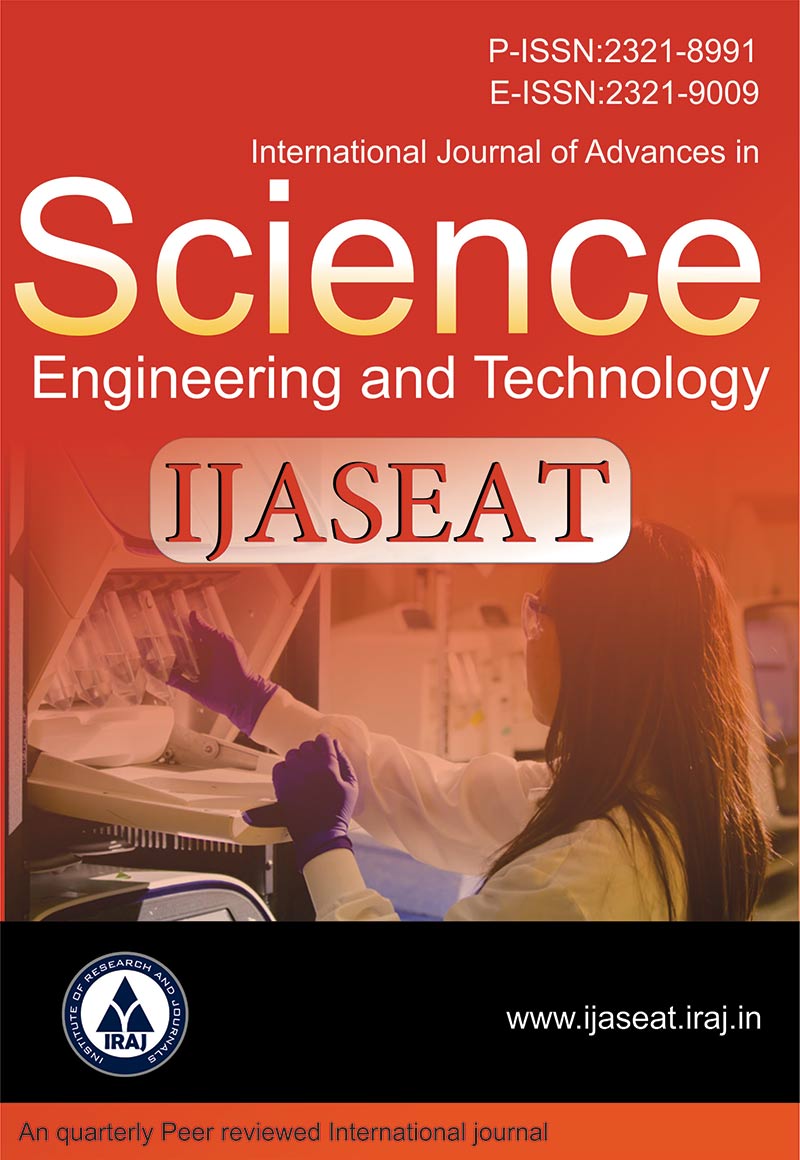Publish In |
International Journal of Advances in Science, Engineering and Technology(IJASEAT)-IJASEAT |
 Journal Home Volume Issue |
||||||||
Issue |
Volume-4,Issue-3, Spl. Iss-2 ( Sep, 2016 ) | |||||||||
Paper Title |
Enhanced Electrical Conductivity by Modifying LiCl-KCl Mole Fraction at High Temperature | |||||||||
Author Name |
Santita Rattanaphan, Phontip Kanlahasuth | |||||||||
Affilition |
Defence Technology Institute (Public Organization) Ministry of Defence, the Kingdom of Thailand | |||||||||
Pages |
201-206 | |||||||||
Abstract |
Thermal batteries use molten salt mixture as electrolyte. The molten salt system lithium chloride-potassium chloride (LiCl-KCl) was chosen for initial investigation. They are preferred because of their compatibility with the electrode and their high conductivity. The electrical conductivity is a key factor for achieving high performance in thermal batteries. A main requirement for molten salt electrolyte, besides high conductivity, is operating temperature. One of the primary factors behind thermal battery active life is molten salt and binder composition properties that are determined simultaneously. Consequently, three factors were investigated to find high electrical conductivity of electrolytes; molten salt composition, temperature range, and binder composition by using equations and data from reliable literature. In this paper, a new composition of LiCl-KCl electrolyte and its optimum temperature were proposed to achieve higher electrical conductivity for LiCl-KCl composition design at high temperature. The electrical conductivity of the new LiCl composition was 44.37 % higher than the electrical conductivity of general LiCl compositions. Index Terms— Composition, Electrical Conductivity, Electrolyte, Mole fraction, LiCl·KCl molten salt. | |||||||||
| View Paper | ||||||||||